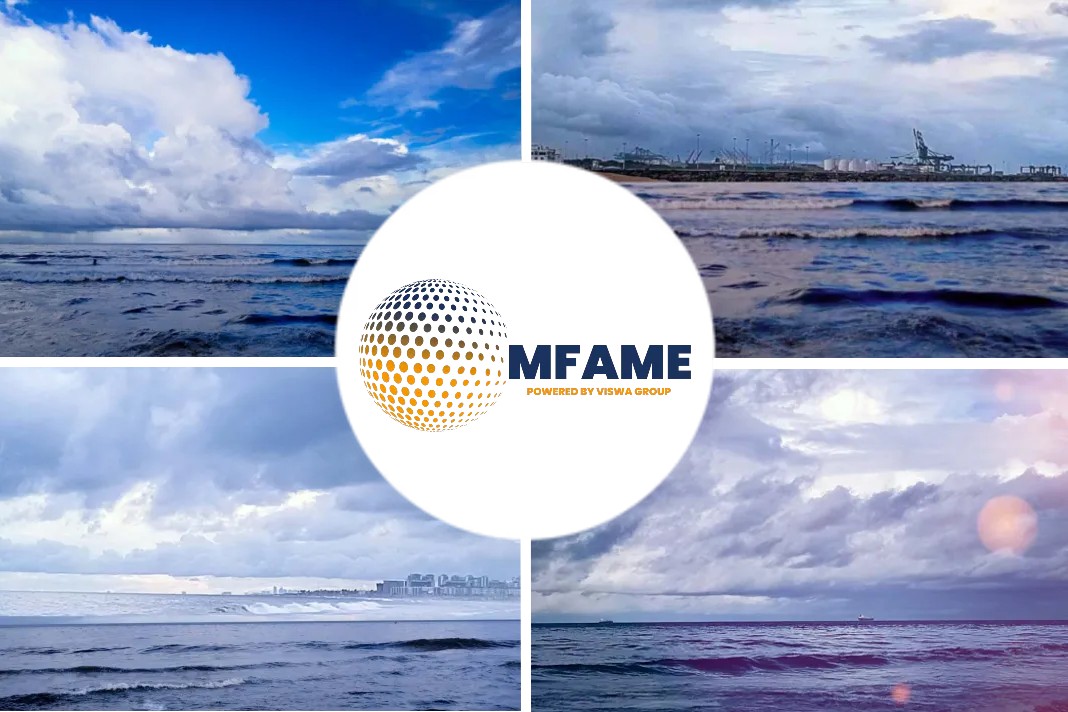Chinese electricity and generating fuels supply are in focus this week, as utilities grapple with higher commodity costs. Plus, high freight rates discourage polymer exports from Asia to Europe, and Latin American crude supply finds favor in Asia.
1. Chinese provinces impose power cuts as authorities try to cool demand

What’s happening? In early June, China’s National Development and Reform Commission asked all provinces to reduce their energy consumption to cool a surge in electricity demand observed for the first part of 2021. However, only 10 out of 30 mainland Chinese regions achieved their energy reduction targets by the end of the first half of 2021, and the country experienced high power demand growth for July and August. In mid-September, NDRC announced tougher punishments for regions that fail to meet their targets and said it would hold local officials accountable. Consequently, power cuts are now taking place in certain provinces. Companies operating in the manufacturing industry seem to be hit hardest, while the impact on the residential power supply is localized to just a few markets.
What’s next? S&P Global Platts Analytics believes power supply cuts could be over by Nov. 15, which is the official start date of the winter heating season. Platts Analytics also believes the higher spot commodity (coal, gas) prices is causing some concern for utilities, which are unwilling to pay higher prices if these higher costs cannot be passed onto electricity prices. Electricity prices are heavily regulated, and any change needs to be implemented by the government.
2. Asian coal prices find support from low regional stocks

What’s happening? Coal prices are hitting record highs amid China’s rush to replenish inventories ahead of winter, with S&P Global Platts Northeast Asia Thermal Coal Index crossing the $150/mt mark last week. Meanwhile, India’s stock levels are hovering at dangerously low levels.
What’s next? Indonesian thermal coal prices are likely to find support despite China’s Golden Week holiday, and Australian thermal coal prices are also expected to remain firm on the back of strong demand from ex-China markets. China’s power supply shortage situation is expected to last through October and support the prices of key energy feedstocks like coal, natural gas, and LNG.
3. Polymer exports from Asia to Europe hit by high container, freight costs

What’s happening? The ongoing spike in global container rates and freight costs has limited arbitrage opportunities between Asian and European markets for polyethylene and polypropylene. Despite Asian prices remaining at a substantial discount to those in Europe, high logistical costs are limiting the amount of Asian material arriving in the region. This leaves the European markets increasingly reliant on domestic material and vulnerable to supply shocks.
What’s next? With high freight costs expected to persist into 2022, sources have indicated that they expect arbitrage opportunities to remain constrained. However, with uncertainty over Chinese downstream demand following recent power curbs in the country, any downwards pressure on Asian pricing may result in a more open arbitrage. Furthermore, should European polymer markets become tight because of a lack of imports, this could lend support to market sentiment and potentially improve arbitrage opportunities.
4. Ecopetrol and Latin American oil’s pivot to Asia

What’s happening? Currently, 63% of Colombia’s total crude exports are focused on the Asian market, a sharp increase since 2008, when the share of crude sales to Asia was only 18%, President of Ecopetrol Felipe Bayon said during his presentation and a CEO conversation session at the S&P Global Platts Asia Pacific Petroleum Conference Sept. 27. Asia is now the main export and sales destination for Ecopetrol and the Colombian oil and gas giant will open an office in Singapore with a target to launch trading and marketing operations from the Asian trading hub in the first quarter of 2022, according to Bayon.
What’s next? China’s state-run refiners and independent private-sector refiners indicated that the close presence of Ecopetrol’s trading and marketing team in Asia would further strengthen their trading partnerships, as China is already an established outlet for the Colombian supplier. Major South Korean refiners told S&P Global Platts that the companies are also excited to see more Latin American players making a move closer to the Far East, as the world’s fifth-biggest crude importer has seen the share of South American heavy crudes in its total refinery feedstock procurement basket rise to 3.5% to date in 2021 from 1.7% in 2020, according to Platts calculations based on data from state-run Korea National Oil Corp.
Did you subscribe to our daily newsletter?























